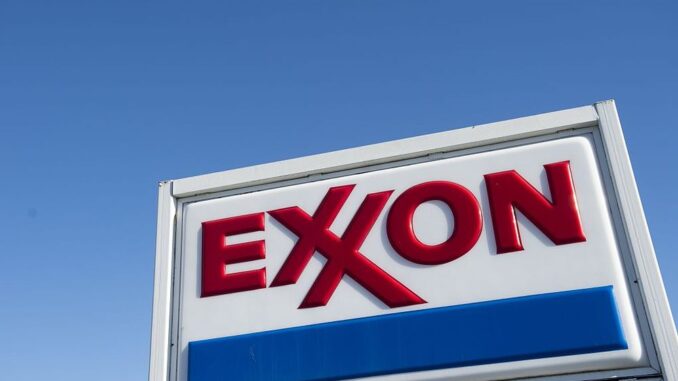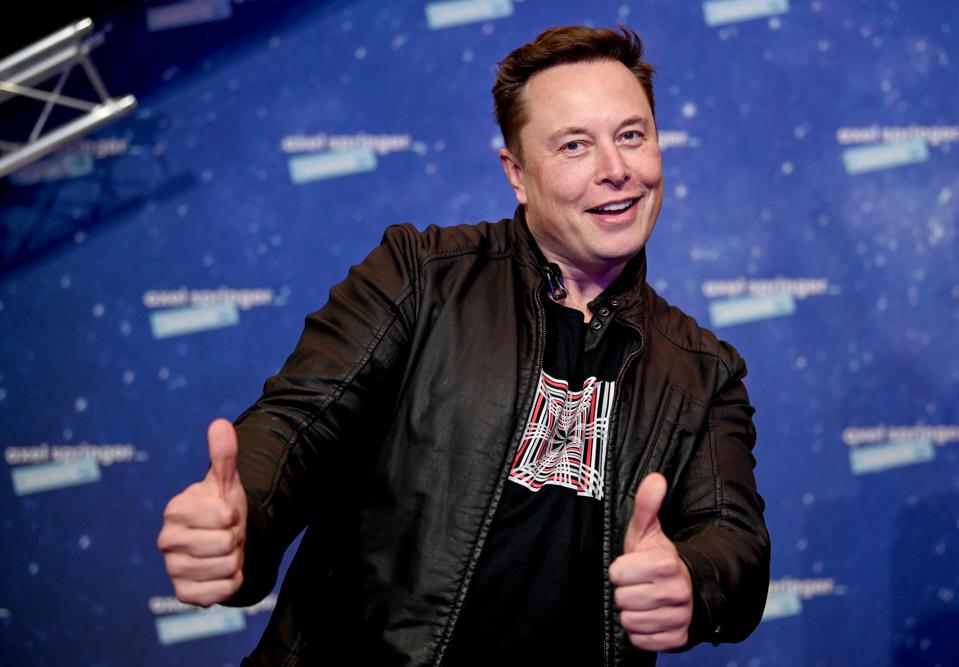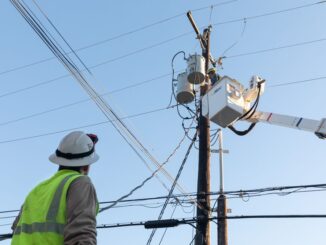The announcement, made on the eve of Exxon’s fourth-quarter earnings report, comes as the Irving, Texas-based company faces intense pressure from environmentalists and investors for not moving fast enough on climate change and also for delivering weak financial performance compared with peers. Shareholder D.E. Shaw & Co. is in talks about adding new directors to Exxon’s board, according to people familiar with the matter, and activist investor Engine No. 1 last week revealed its own slate of nomination.
Exxon has sought to fend off some of the criticism with targets to reduce methane leaks and emissions intensity. Its latest response is an increased focus on carbon capture, a technology favored by many other large oil and gas producers.
But investors looking for a meaningful strategic shift may be disappointed. The planned investments announced Tuesday represent less than 5% of the oil giant’s capital budget over the period.
Furthermore, several of the projects touted by Exxon aren’t new. The carbon capture efforts in the Netherlands, Belgium and Qatar are already being developed with partners. Exxon said it has moved ahead with permitting for the expansion of its LaBarge facility in Wyoming, which would be the company’s biggest carbon capture project, but that project is still in doubt after being put on hold.
Government support is needed to make carbon capture more commercially viable, Exxon also said in the statement. The “opportunities can become more commercially attractive through government policy, including the United States tax credit 45Q, which ExxonMobil supports, and other supportive policies in the European Union, Canada and Singapore,” it said.
Bloomberg Green reported in December that oil majors have been unwilling to invest heavily in carbon capture without extra government support or regulation. LaBarge is a case in point: Exxon had planned to build one of the world’s largest carbon capture operations at the natural gas facility, at a cost of $260 million, after working on it for years. Instead the project was paused as crude prices plunged due to Covid-19. A few months later, Exxon announced plans to expand crude operations off the coast of Guyana at a cost $9 billion — a cost 35 times higher.
Exxon says LaBarge already captures 7 million tons of carbon dioxide a year, nearly 80% of the company’s total. The project captures very little carbon dioxide from the air, however. Most of the CO2 is pumped up from the ground as a byproduct of natural gas and helium, processed and then sold to nearby crude operators to enhance their oil recovery.
Exxon’s new plan also mentions its venture with Danbury, Connecticut-based FuelCell. Over the past five years, the companies have been working on carbonate fuel-cell technology that captures carbon dioxide spewed from industrial operations and uses it in a chemical process to generate electricity. In 2019, when FuelCell was nearly insolvent, the oil giant threw it a $10 million lifeline for the right to use its technology.
FuelCell hasn’t posted an annual profit since 1997, yet its stock has soared in value since mid-November as interest in hydrogen and fuel cells in general has boomed.

Bloomberg Green




